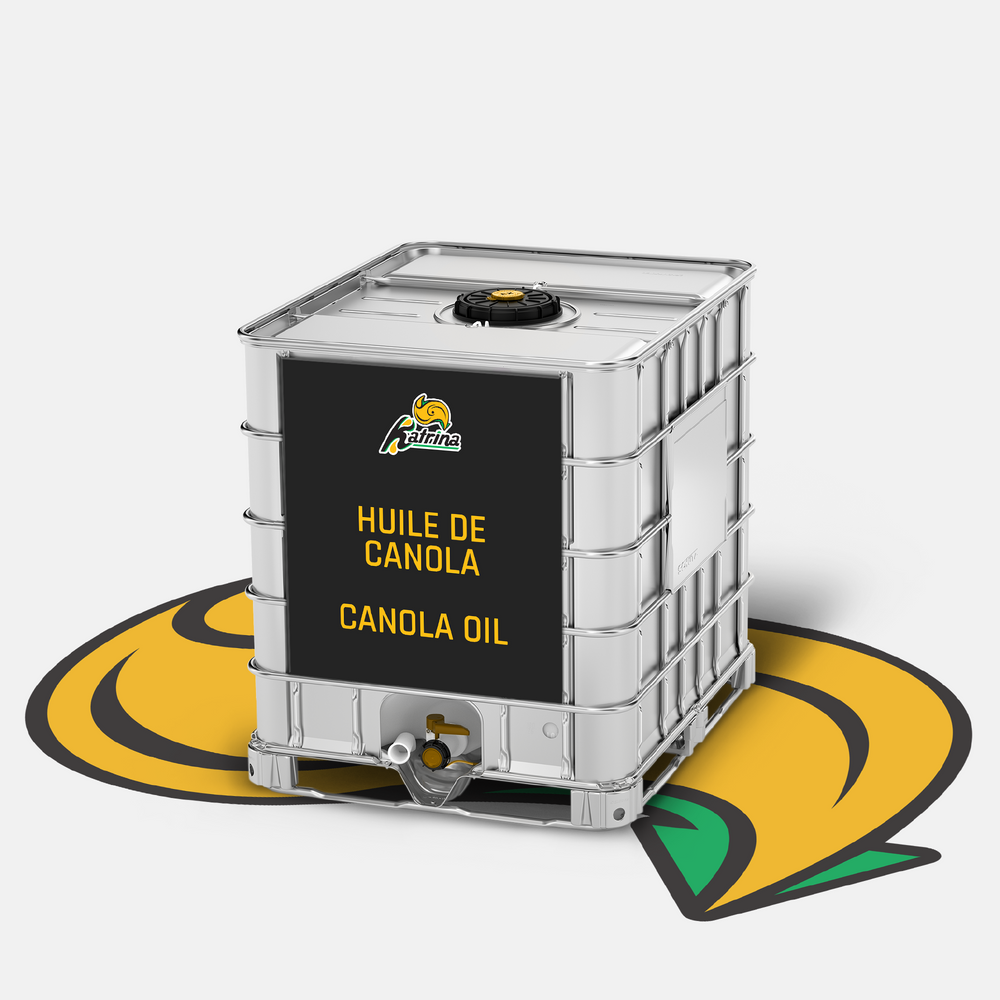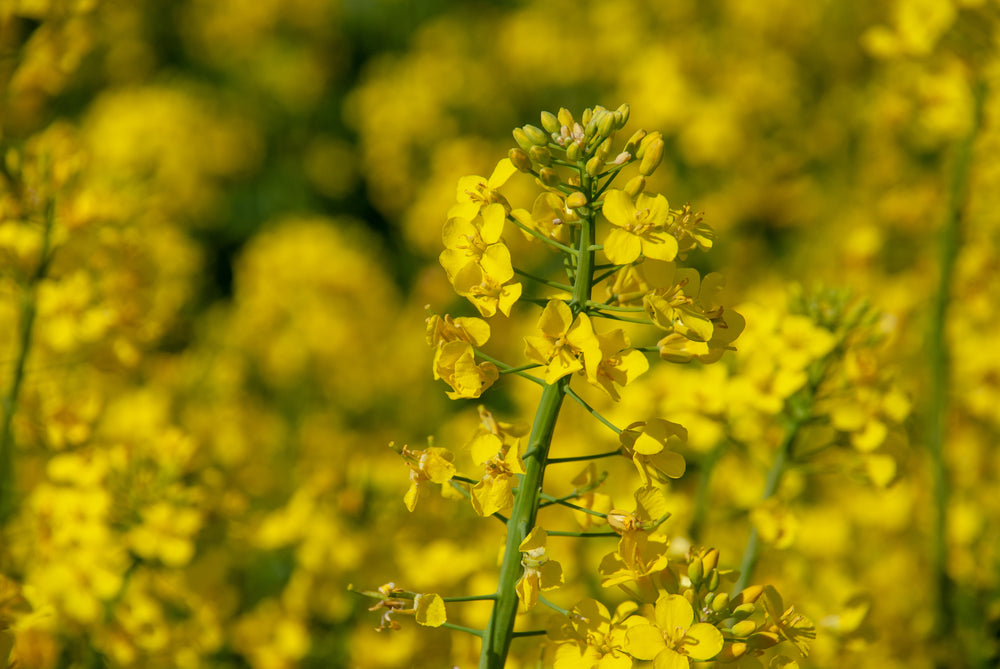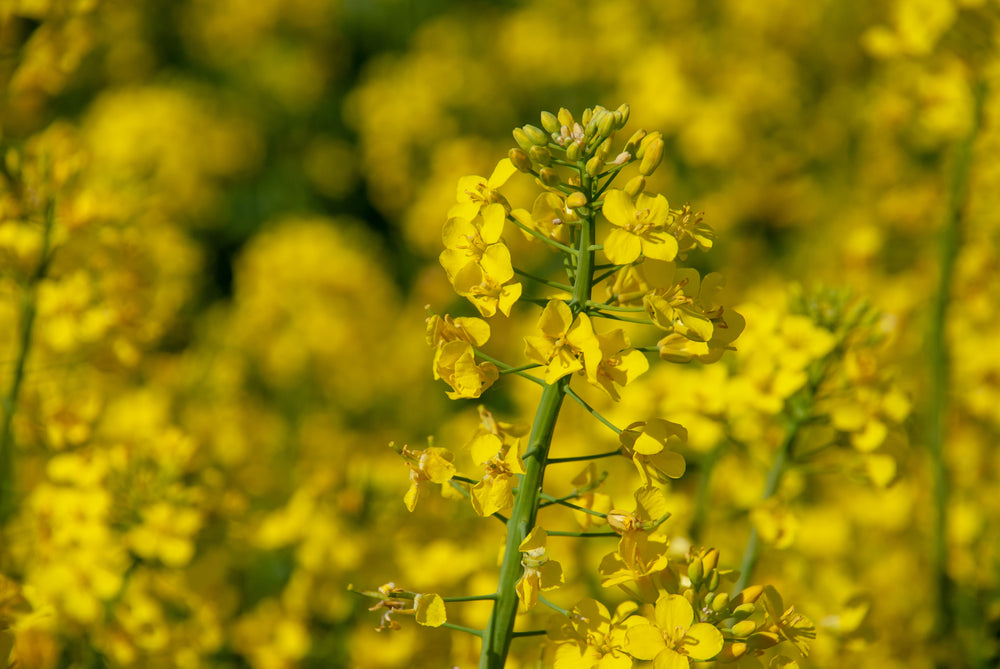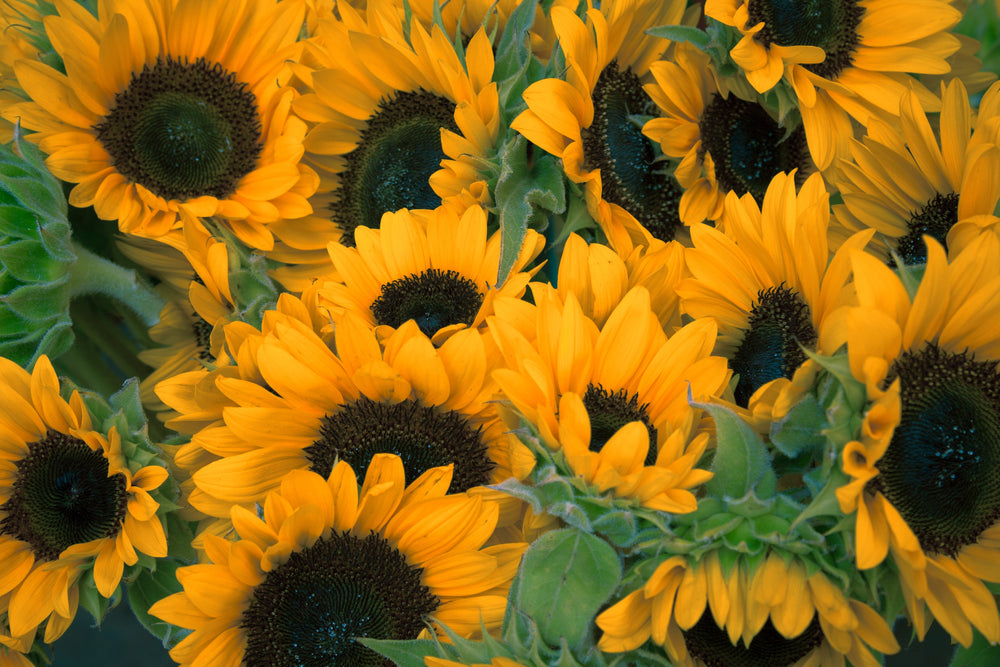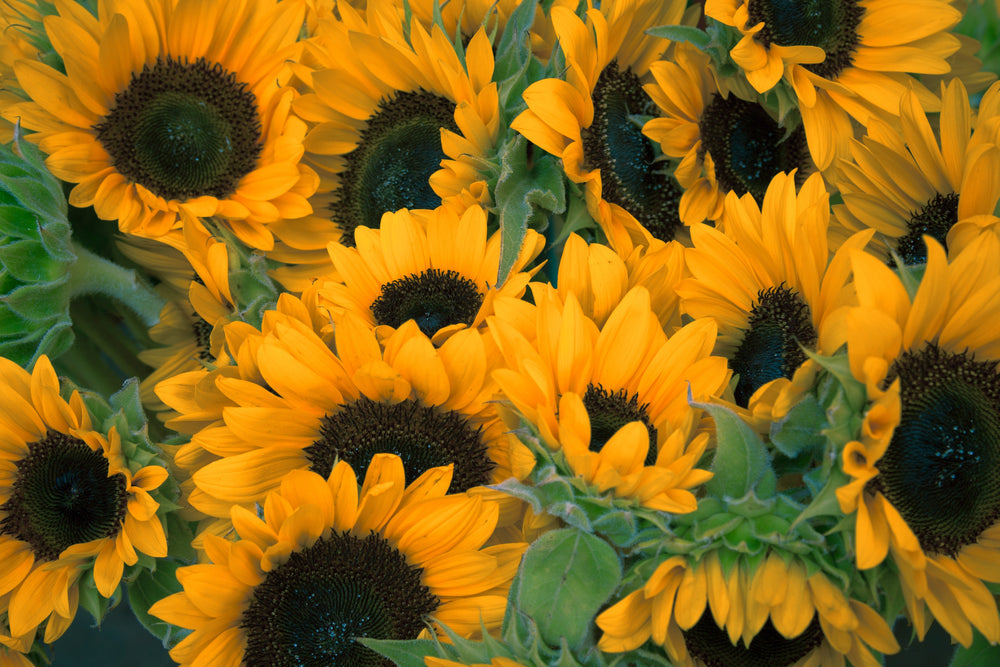When to Change Frying Oil - Food Safety Tips
Changing frying oil is one of the most ignored kitchen practices in most parts of the world. Neglecting to change your frying oil not only negatively affects the taste of your fried food, but it can also put your health at risk.
That’s why it’s crucial to understand when you should be changing your frying oil, how to extend its lifespan in a healthy way, and the best ways to dispose of rancid oil.
How Long Can Deep Frying Oil Last?
The lifespan of deep frying oil depends on several factors, including the type of oil used, how often it's heated, and how well it's maintained. On average, deep frying oil can last between eight to ten uses, but this varies based on usage and care. Unused cooking oil, on the other hand, will last for about three months once it's been opened.
Best Ways to Extend the Lifespan of Your Frying Oil
To get the most out of your frying oil, follow these tips for proper care and maintenance:
- Choose the Right Oil: Use oils with high smoke points. Peanut, canola, or sunflower oil are good options because they tend to last longer.
- Avoid Overheating: Keep the oil temperature below its smoke point to prevent it from breaking down. Use a thermometer to monitor the temperature.
- Use a Frying Basket: If possible, use a basket to reduce the oil's exposure to food particles and make it easier to filter after frying.
- Filter After Each Use: Once cooled, strain the oil through a fine sieve or cheesecloth to remove food particles, which can cause the oil to spoil faster.
- Don’t Mix Oils: Avoid combining different types of oil, as this can alter their properties and decrease their lifespan.
- Limit Use with Strong Flavours: Avoid frying strong-flavoured foods (like fish or heavily spiced items) in the same oil repeatedly, as this can cause undesirable flavours.
- Store Properly: After straining, store the oil in a cool, dark place in an airtight container to minimize oxidation and light exposure. (Related: Bulk Oil Storage Guide)
- Check for Signs of Spoilage: Regularly inspect the oil for unpleasant odors, dark colour, or excessive foam. If you notice any of these signs, it's time to replace it.
When to Change Frying Oil: Signs to Look Out For
It’s essential to regularly check your frying oil to ensure it's still safe to use. Here are common signs that indicate the oil has gone bad and should be replaced:
Strong, Pungent Odor
Fresh oil has little to no smell, but rancid oil emits a sharp, unpleasant odor.
Burnt or Off Taste in Food
If fried foods have a stale or burnt flavour, it's a clear sign the oil is no longer good.
Dark Colour and Thick Texture
As oil degrades, it darkens and becomes thicker in consistency, a clear indication of rancidity.
Excessive Smoke
When oil produces more smoke than usual at normal frying temperatures, it's a sign it's breaking down.
Foam Formation
Bad oil tends to become foamy or frothy when heated, signaling it's time to change it.
If you notice any of these signs, it’s best to replace the oil immediately to avoid compromising your health and the taste of your food.
Why Should You Not Reuse Deep-Frying Oil?
While it may be tempting to reuse deep-frying oil to save money, there are several important reasons to think twice:
- Health Risks: Used oil can develop harmful compounds over time, including free radicals and acrylamide, which may pose health risks.
- Decreased Quality: Reused oil often leads to unpleasant flavours in food. It can impart a burnt or rancid taste, affecting the overall quality of your meals.
- Contamination: Food particles, moisture, and bacteria can accumulate in used oil, increasing the risk of foodborne illnesses.
- Affects Smoke Point: Each time oil is heated, its smoke point decreases. This means it can start to smoke at lower temperatures, making it less effective and potentially hazardous.
- Inconsistent Cooking: Oil that has been used multiple times can result in uneven frying, leading to poorly cooked or greasy food.
What Are the Best Frying Oils?
Choosing the right frying oil can significantly affect the flavour and quality of your fried foods. Here are two of the best options:
Canola Oil
Canola oil is known for its high stability, versatility, and neutral flavour, making it ideal for a wide range of cooking methods, including frying, baking, and sautéing. With a smoke point of around 400°F (204°C), it’s suitable for moderate and high heat applications. It is also low in saturated fat and contains heart-healthy omega-3 fatty acids, making it a popular choice for health-conscious cooks.
Sunflower Oil
Sunflower oil has a light and neutral flavour, with a smoke point of approximately 440°F (227°C). This oil is excellent for deep frying and general cooking, as it doesn’t interfere with the taste of foods. Rich in vitamin E and healthy fats, sunflower oil is a great option for those looking for a healthier frying oil.
How to Dispose of Old Frying Oil
Proper disposal of old frying oil is important for both health and environmental reasons. Here’s a step-by-step guide to disposing of used oil:
Step 1: Cool the Oil
Allow the oil to cool completely after frying. This prevents burns and makes it easier to handle.
Step 2: Strain the Oil (Optional)
If you plan to reuse the oil, strain it through a fine sieve or cheesecloth to remove food particles. If not, skip this step.
Step 3: Pour into a Container
Pour the cooled oil into a sturdy, leak-proof container with a tight lid. Suitable containers include old jars, plastic bottles, or dedicated oil disposal containers.
Step 4: Check Local Regulations
Before disposing of the oil, check your local regulations regarding cooking oil disposal. Some areas may have specific guidelines or programs in place.
Step 5: Recycle the Oil
Many communities offer recycling programs for used cooking oil. This oil can be repurposed for biodiesel production or animal feed. Check with local waste management facilities for options.
Step 6: Dispose in the Trash
If recycling isn’t an option, seal the container tightly and dispose of it in your regular trash. Never pour oil down the sink, toilet, or drain, as this can clog plumbing and harm the environment.
Step 7: Composting (if applicable)
Small amounts of used oil can sometimes be added to compost piles, but it should be limited and mixed well with other compost materials to avoid attracting pests.
By following these steps, you can responsibly dispose of old frying oil while minimizing harm to the environment.

